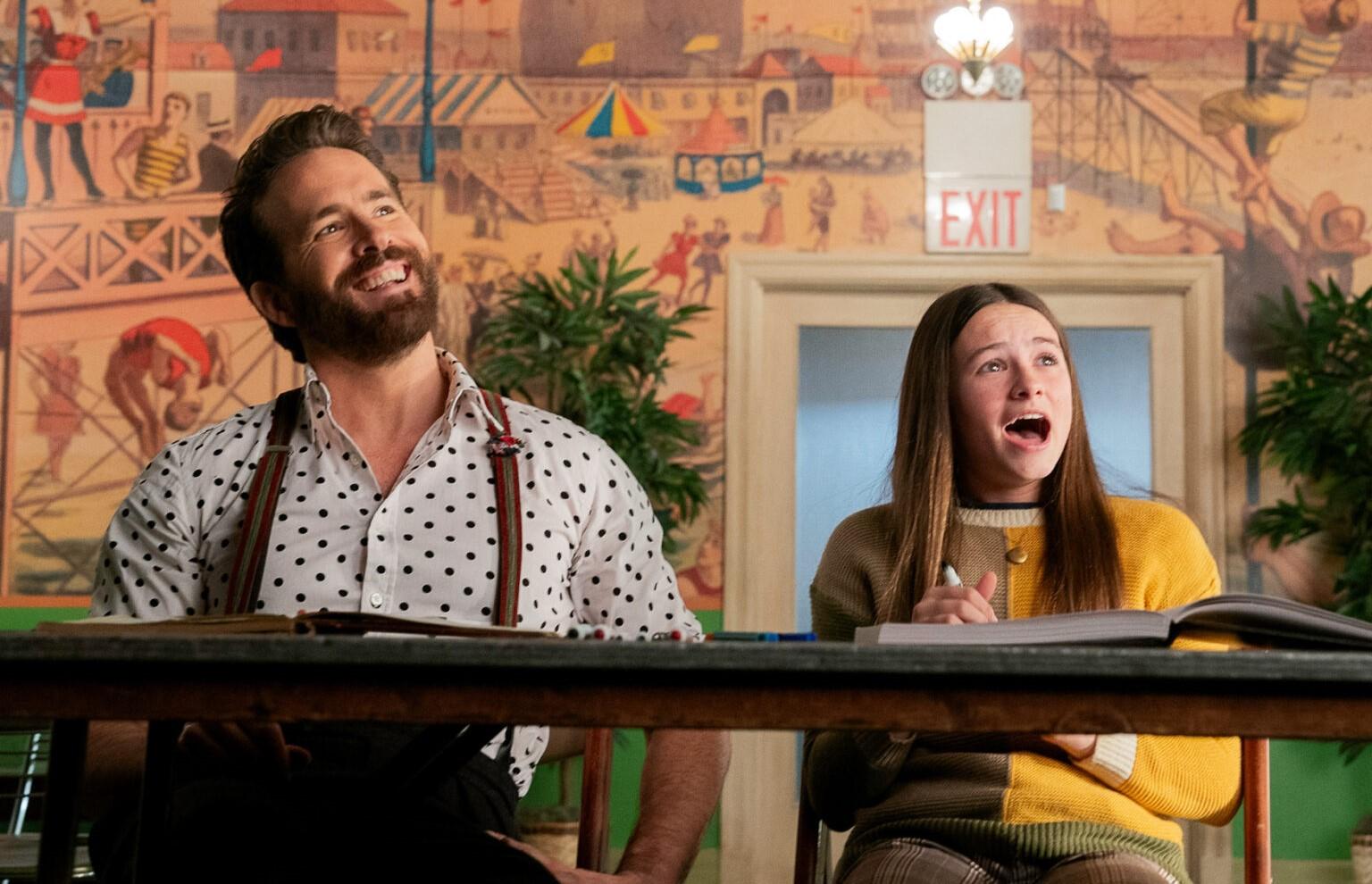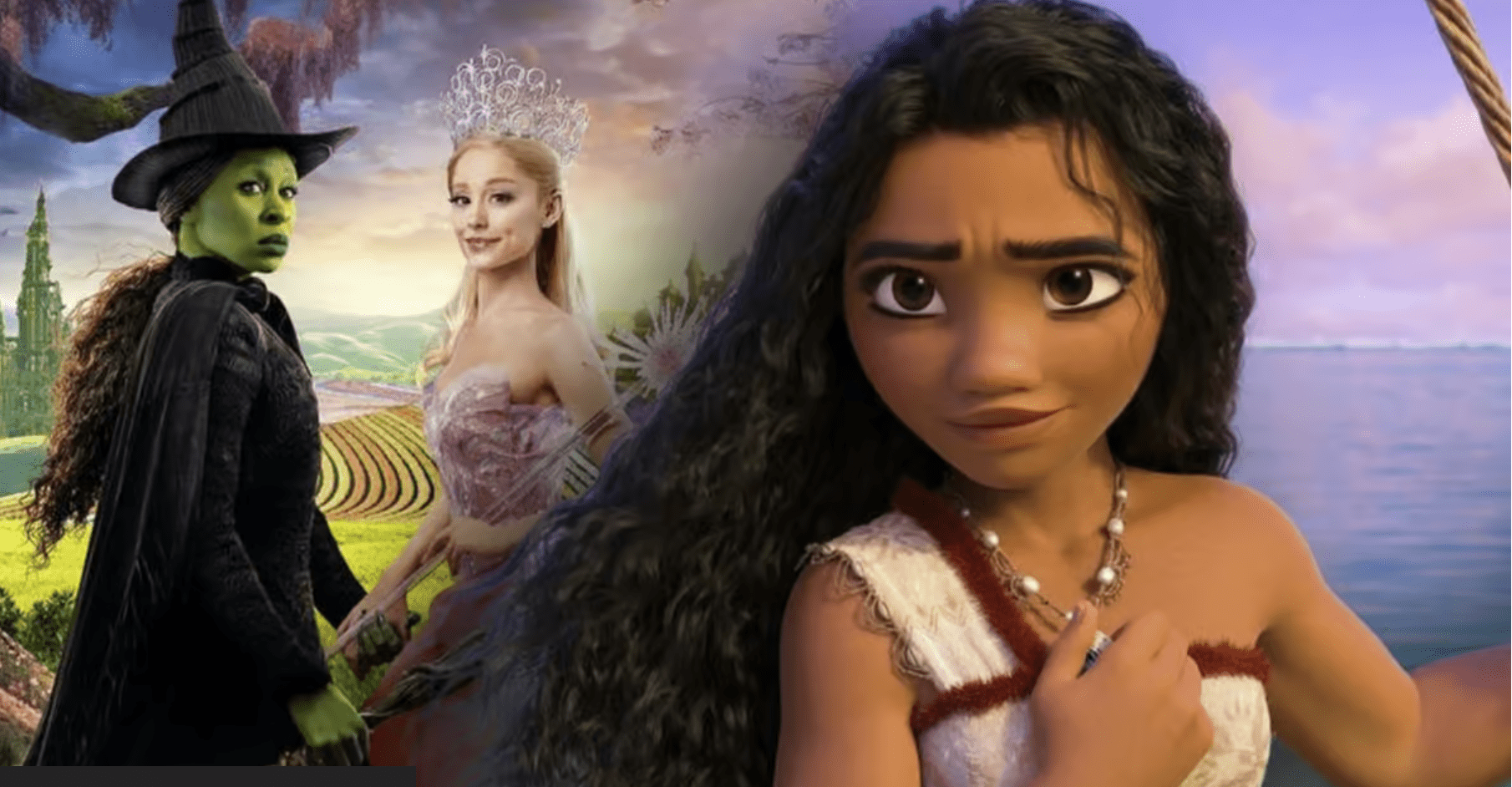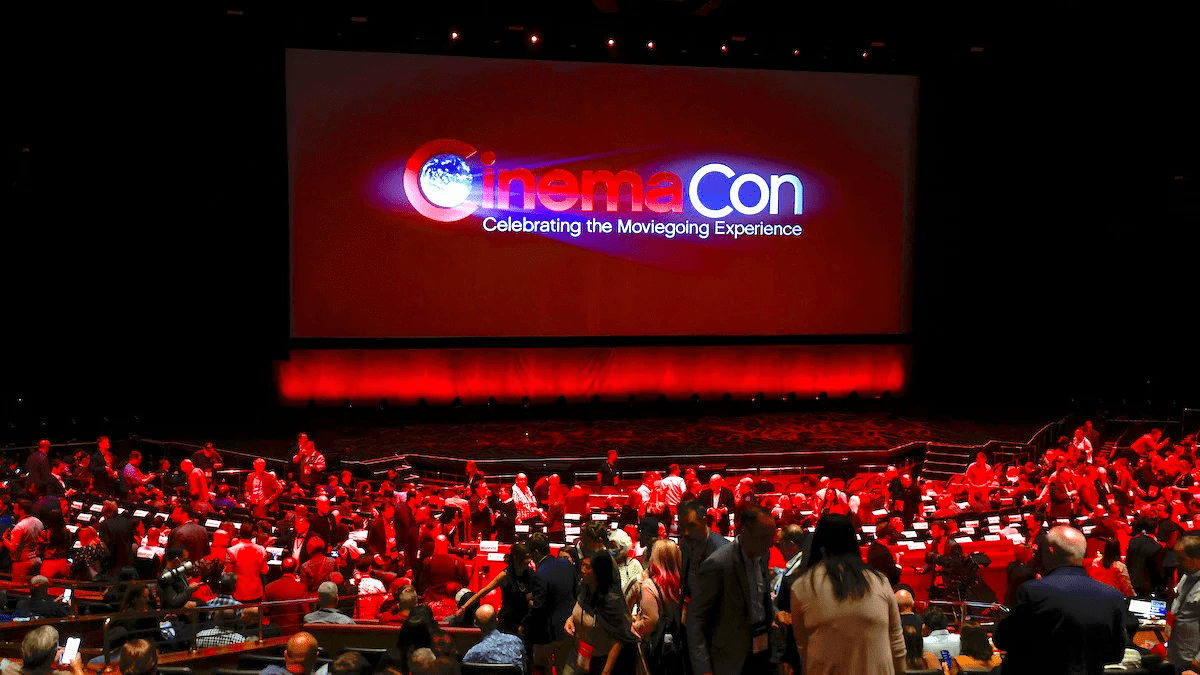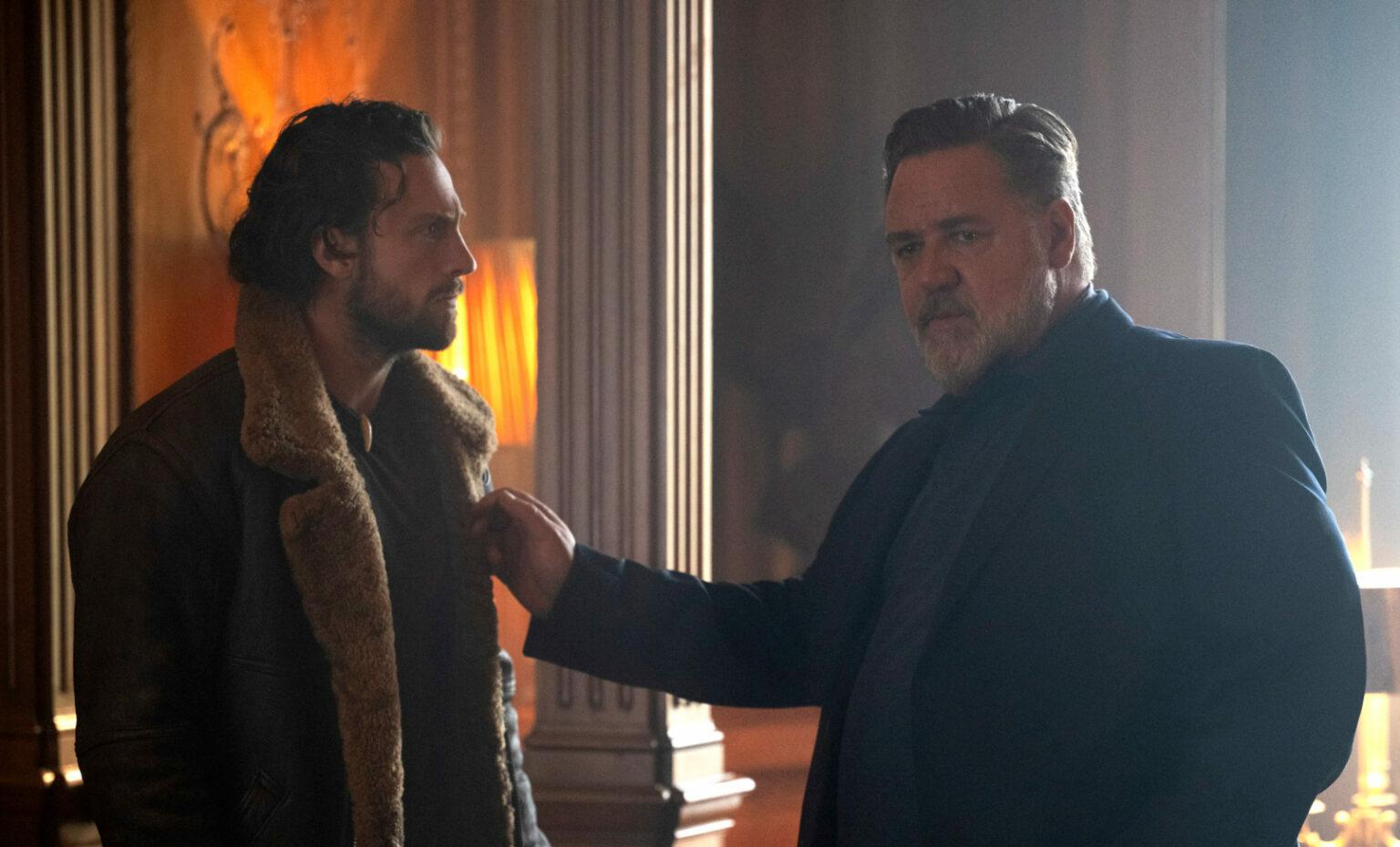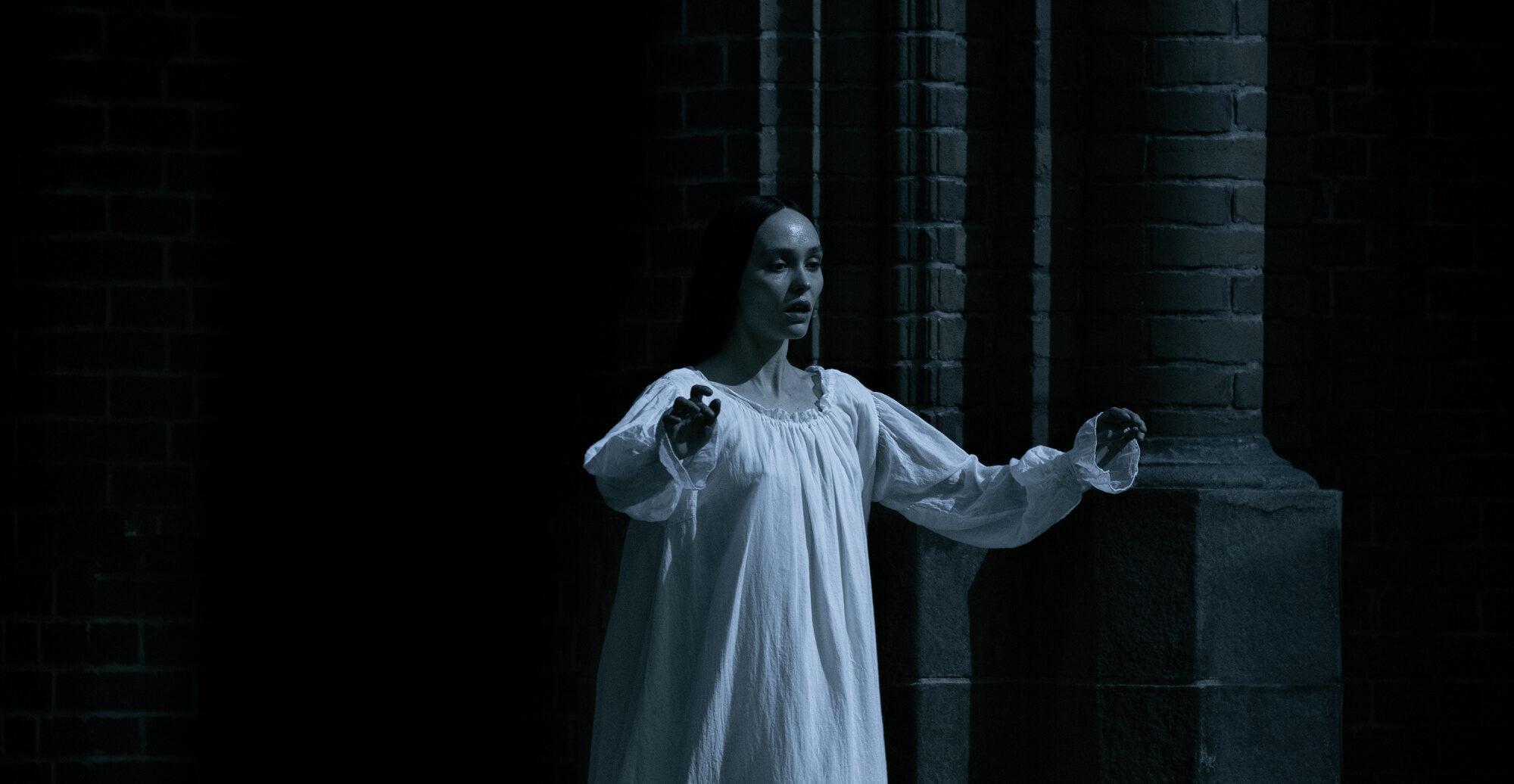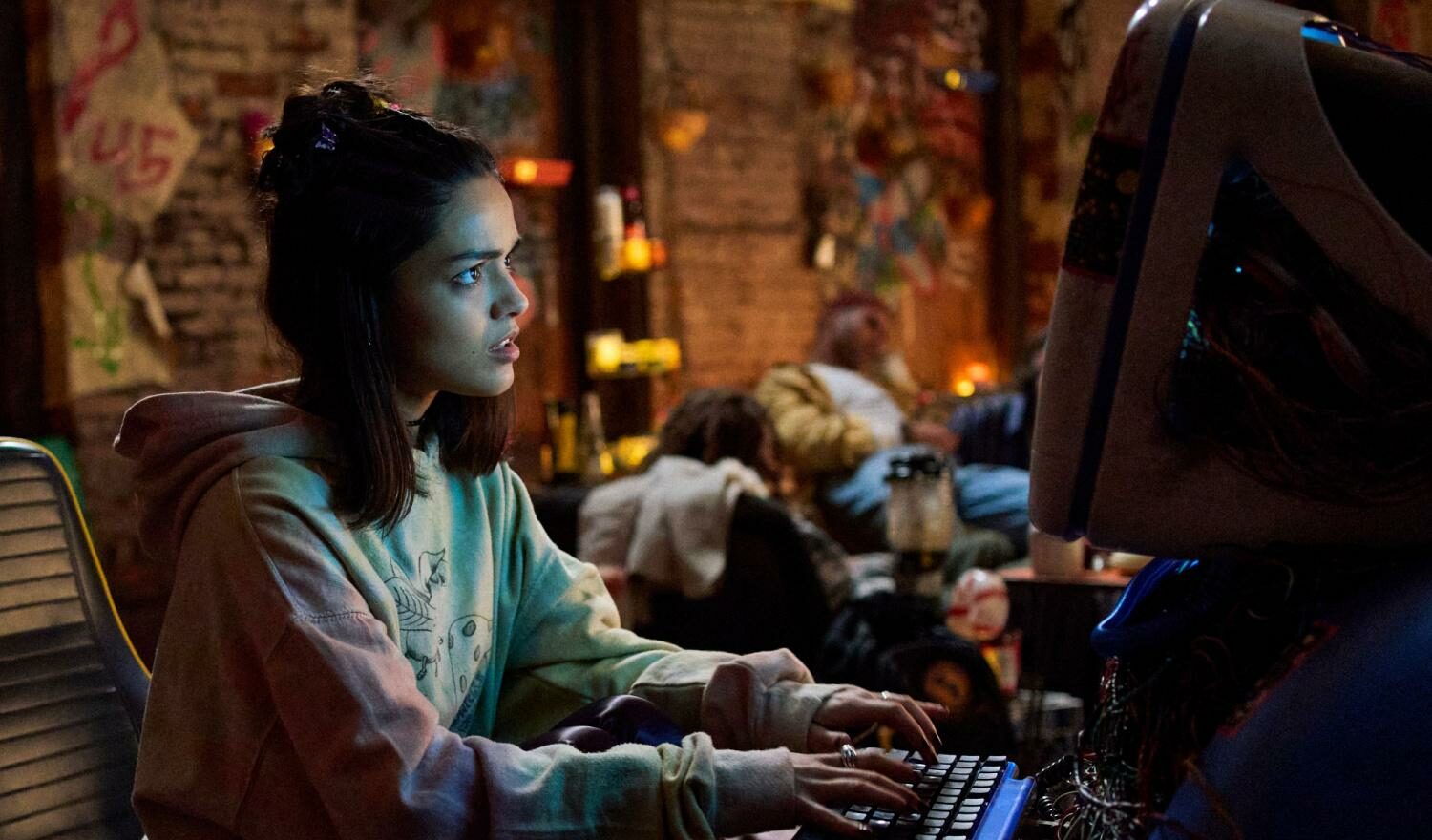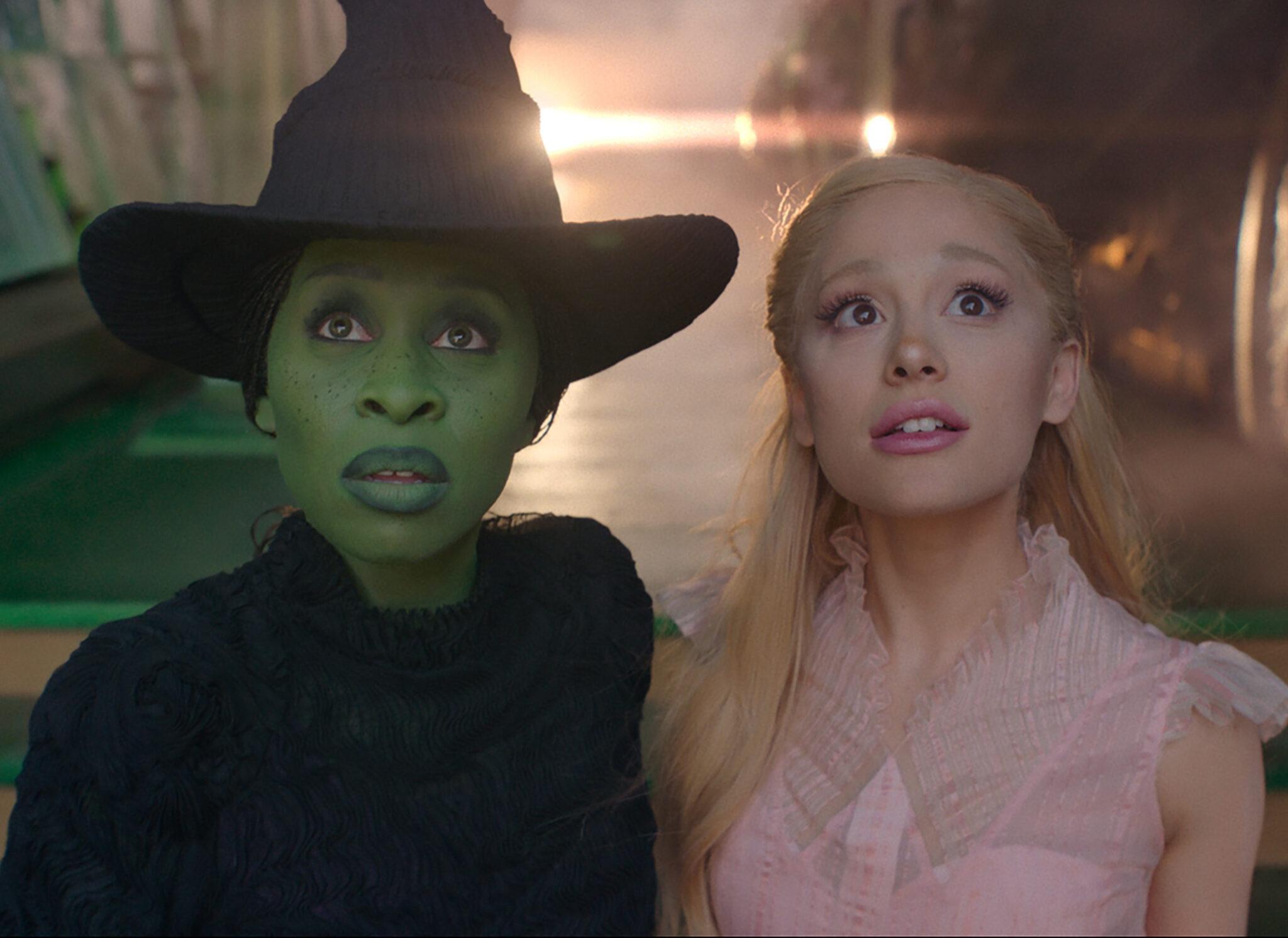VERDICT: John Krasinski’s sledgehammer whimsy kills whatever charm this celebration of childhood imagination might have possessed.
Filmmakers reaching back to commonly shared childhood experiences, celebrating the bittersweet nature of qualities like whimsy imagination, and wonder, and exploring the ache of letting go of a child’s understanding of the world, is the raw material of countless classic films. But it’s harder to accomplish than it looks; a light soufflé can very easily turn into a curdled catastrophe.
Case in point: IF, writer-director John Krasinski’s paean to Childhood, which simultaneously exploits childhood grief while cloyingly indulging the inner child of grown-ups.
Under the opening credits, we see young Bea (Audrey Hoffman) in the apartment of her grandmother (Fiona Shaw), painting pictures, playing dress-up, and generally letting her imagination run wild, much to the delight of her parents; fact that Mom (Catharine Daddario) — the character, along with other adults, is named for who she is to Bea — is wearing a knit cap by the end of this montage lets us know that the girl’s life is about to be rocked by tragedy.
Cut to the present day, where 12-year-old Bea (Cailey Fleming, The Walking Dead) returns to Grandma’s because Dad (Krasinski) is in the hospital for heart surgery. Bea has put away childish things and generally suppresses her emotions, fearing the loss of her other parent.
But when Bea spies Blossom (voiced by Phoebe Waller-Bridge) — a big-eyed female ant IF (imaginary friend) who looks like a backup dancer from a Betty Boop cartoon — the girl follows her upstairs to an apartment she shares with fellow IF Blue (Steve Carrell as a big, purple, furry thing) and human Cal (Ryan Reynolds), who works on pairing abandoned IFs with new children. Bea signs on to help, and Cal takes her to an IF retirement home (hidden beneath Coney Island), where a vast array of oddball creatures (voiced by a gaggle of A-list celebrities) hope to be called into service once again.
IF already feels artificial and undercooked at this early stage of the game, with characters lacking motivation and heft. But when the movie decides that it’s middle-aged and elderly human characters who need to remember their old imaginary friends and take them back into their hearts, IF makes a fatal pivot from celebrating childhood imagination to wallowing in embarrassing infantilism. There’s a reason that certain trappings of our early lives fall away — as beautifully depicted in the heartbreaking Bing Bong sequence of Inside Out — and if there’s a case to be made for grown-ups clinging to their pre-adolescent sense of magic and mystery, Krasinski fails to make it.
(Speaking of far more thoughtful and evocative versions of this story, the animated TV series Foster’s Home for Imaginary Friends was far wittier and more honestly emotional. IF has the bad sense to include a scene where characters are watching Harvey — don’t directors know better than to remind us of the better films we could be watching instead?)
This is the sort of thing Steven Spielberg could get away with at the height of his powers, and Krasinski tries hard to emulate the master, from hiring cinematographer Janusz Kaminski to create a gorgeously sun-dappled version of Brooklyn to directing Fleming to give the wide-eyed-awe face that became a clichéd Spielberg trope sometime around Jurassic Park.
(Spielberg would never attack an audience with a score as overbearing and manipulative as the one offered here by the talented Michael Giacchino — but on the heels of Ready Player One, he probably would edit Ryan Reynolds into an old Tina Turner music video, as Krasinski regrettably does here.) Reynolds, sadly, is reduced to frantic overacting and cartoonish rage in a character that makes zero sense until an eleventh-hour reveal, which isn’t enough to excuse the performance retroactively.
The animators and effects teams behind the titular IFs imbue their creations with color and personality. Some are blobby, and some are fuzzy, but they’ve all got a verve and vibrancy often missing from CG creations. And while those tech aspects of the film do the heavy lifting, the flash and dazzle of the VFX can’t compensate for a narrative that consistently fails to capture the bittersweet tug of war between naïve fantasy and the realities of adulthood. It’s an earnest attempt at a warm embrace that squeezes the life and charm out of itself.

